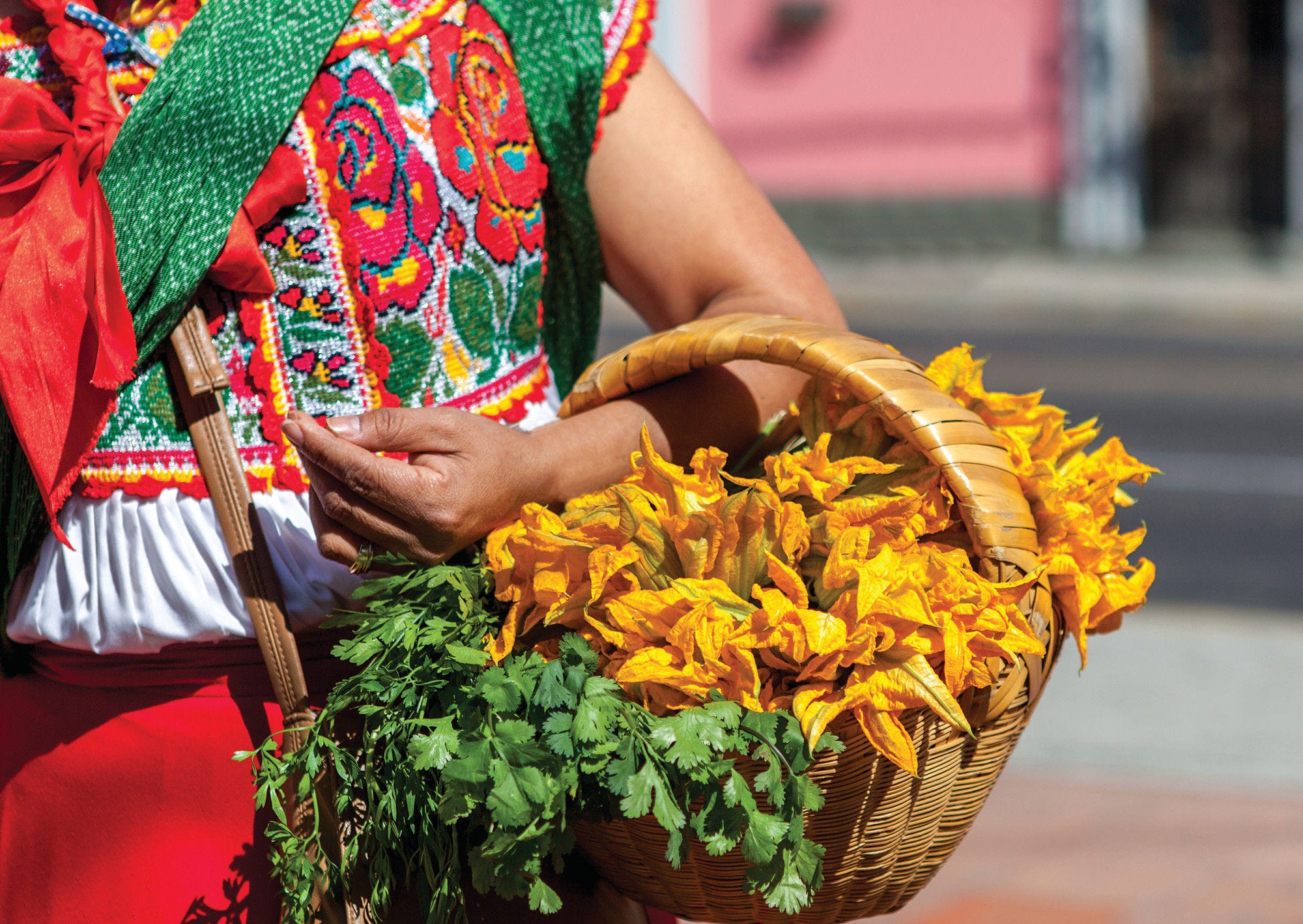Malaria, dengue and Zika are three diseases that are transmittable by the bites of infected mosquitoes. They are present in LAC with varying degrees of incidence. Malaria is a tropical disease caused by a parasite transmitted by the female Anopheles mosquitoes. After a period spent in the liver, malaria parasites multiply within red blood cells, causing symptoms such as fever, headache and vomiting. As part of the SDG targets, the UN set a goal to end the epidemic of malaria by 2030. Between 2000 and 2017, there has been a global reduction of 60% in malaria deaths, making it one of the biggest public health successes of the 21st century (The Global Fund, n.d.[24]).
In the LAC region, country efforts have greatly reduced new cases of malaria to the point where it has been nearly or completely eradicated in Argentina, Belize, Costa Rica, Belize, El Salvador and Paraguay, plus several countries no longer report incidence data. However, the region remains vulnerable to outbreaks. The biggest incidence in the region can be found in Venezuela with 48 cases per 1 000 risk population in 2017, nearly tripled in the last three years, after having been almost eradicated (Figure 3.29, left panel). Moreover, Venezuela also shows the largest number of estimated malaria deaths with 456 people dying in the country, followed by Haiti, Guyana and Brazil with 81, 33 and 30 deaths, respectively.
Dengue is a viral infection caused by the mosquito Aedes aegypti and remains a public health problem in the Americas despite the efforts countries to stop and mitigate it. Dengue causes a severe flu-like illness (e.g. high fever, headache, pain behind the eyes, nausea, vomiting, swollen glands, muscle and joint pains, rash) and, sometimes can cause a potentially lethal complication called severe dengue. Once infected, humans become the main carriers and multipliers of the virus, serving as a source of the virus for uninfected mosquitoes. There is no specific treatment for dengue fever (WHO, 2019[25]).
Incidence of dengue in the region is heterogeneous, and is particularly high in Nicaragua with 934 cases per 100 000 population in 2018, followed by Belize with 564, Paraguay with 469 and Granada with 428 (Figure 3.30). Lethality of the disease also varies, reaching a percentage of over 1% of cases resulting in deaths only in Jamaica. The diseases did not cause any deaths during 2018 in the majority of countries in the region.
Zika fever is a viral disease caused by Zika virus transmitted by the mosquito Aedes aegypti, consisting of mild fever, rash, headaches, arthralgia, myalgia, asthenia, and non-purulent conjunctivitis. One out of four people may develop symptoms, but in those who are affected the disease is usually mild with symptoms that can last between two and seven days. There is no specific treatment for Zika virus disease (PAHO, 2019[26]).
Incidence of Zika is very high in Panama with 66 cases per 100 000 population in 2018. Belize, Guatemala and Bolivia follow with 33, 16 and 13 cases per 100 00 population. There were no reported Zika deaths in 2018 (Figure 3.31).
Mosquito borne diseases disproportionally affect economically disadvantaged communities, which lack adequate prevention methods and modern sanitation and infrastructure. It is key that countries ensure good quality access and coverage among these communities to protect them from transmittable diseases like malaria, dengue and zika. Outbreaks preparedness and control is crucial for a proper prevention and response, for which countries should develop their capacities and resources. For instance, the use of insecticide-treated nets and indoor residual spraying with insecticides are important preventive measures for at-risk populations to avoid mosquito bites.



